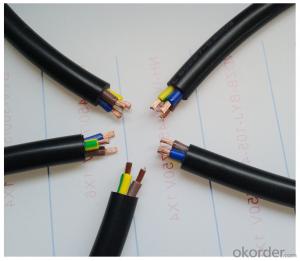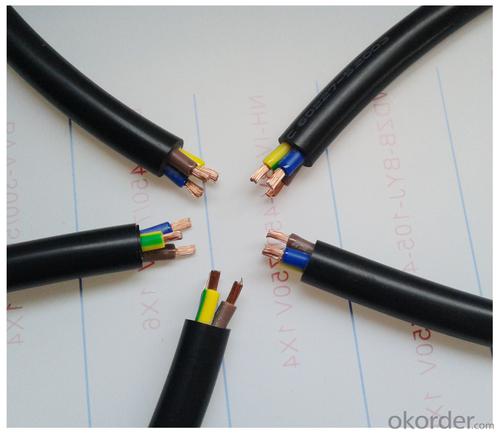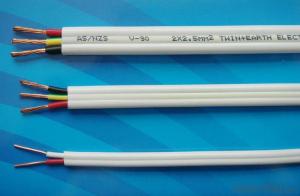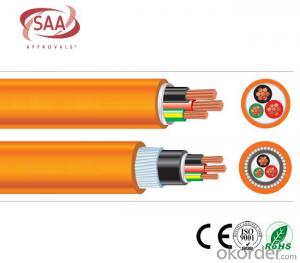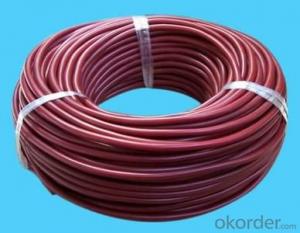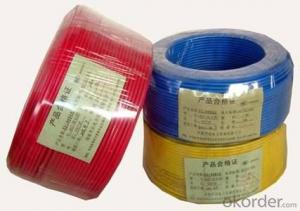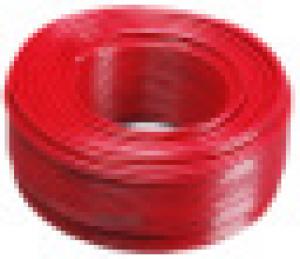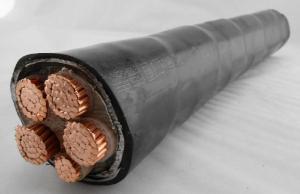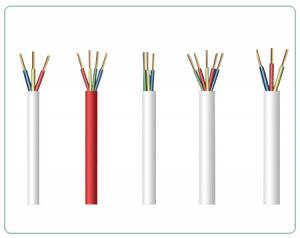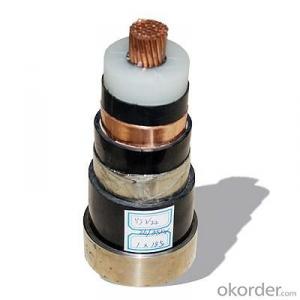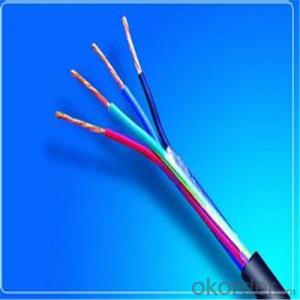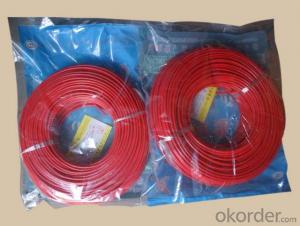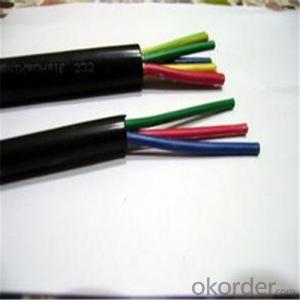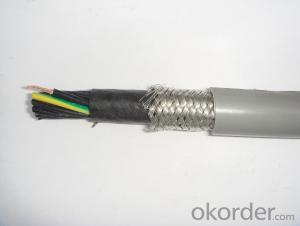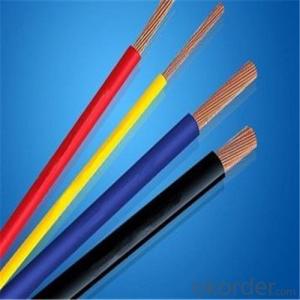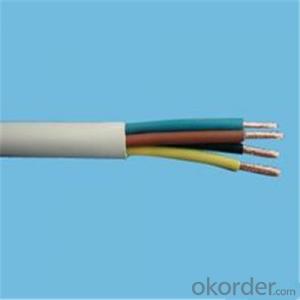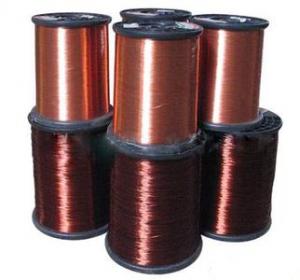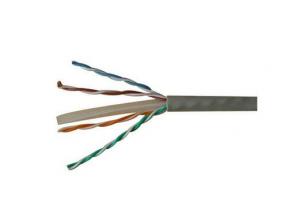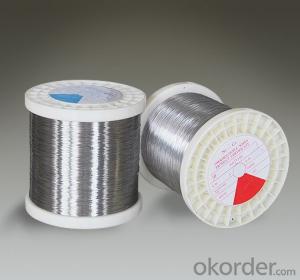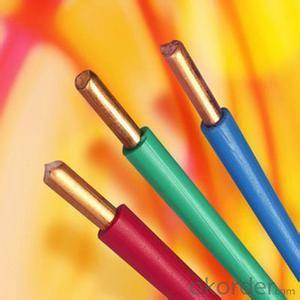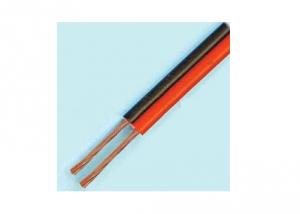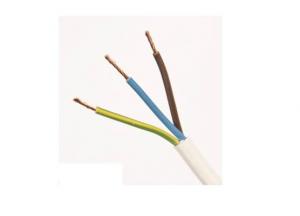Multi Core PVC Insulated and Sheathed Flexible Cable 300/300V & 300/500V
- Loading Port:
- Shekou
- Payment Terms:
- TT or LC
- Min Order Qty:
- 100 roll
- Supply Capability:
- 50000 roll/month
OKorder Service Pledge
OKorder Financial Service
You Might Also Like
1.Product Description
The cable has the advantage of high mechanical strength,good ambient stress resistance,good electrical properties and anti-chemical corrosion. Flexible wiring, for switch control, instrumentation panels and for internal connection.
1. Voltage rating: 300/300V, 300/500V
2. Conductor area: 0.50~120 sqmm
3. Conductor type: class 5 fine annealed copper wires
4. Insulation and sheath: PVC
5. Normal operating temp.: 70°C
6. Standard applied: IEC 60227, BS6500, VDE0281, GB/T 5023, JB/T8734
7. Core color: Brown, Grey, Black, Blue, Green/Yellow or others on request
8. OEM can be available
2.Specific Parameter
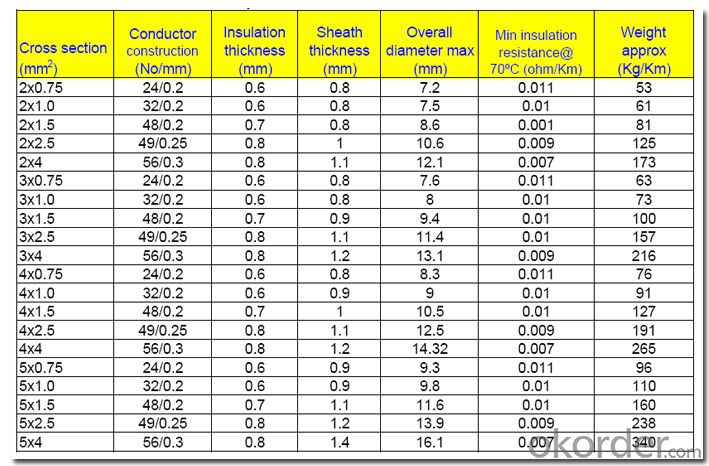
3.Product photo
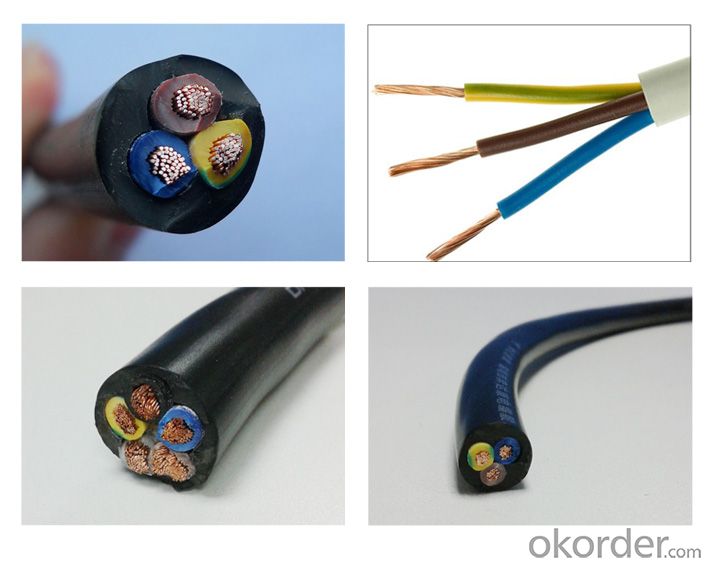
4.Main manufacturing procedure:
Copper wire drawing and annealing --> Copper wire stranding --> Outer sheath extruding and labeling --> Spooling
5.Main Quality Inspection Equipment:
Sparker tester,Heating aging Chamber,High resistance machine, Oxygen index equipment, Partial discharge inspection instruments, Fireproof testing device,High-power voltage withstand tester,No-rotor Vulkameter,Pull tester,Analytical balance,Direct current bridge,Plastic tester,Projector, Punch machine,Cross-linked cutting machine,etc.
6.Quality Control

7.Company Overview
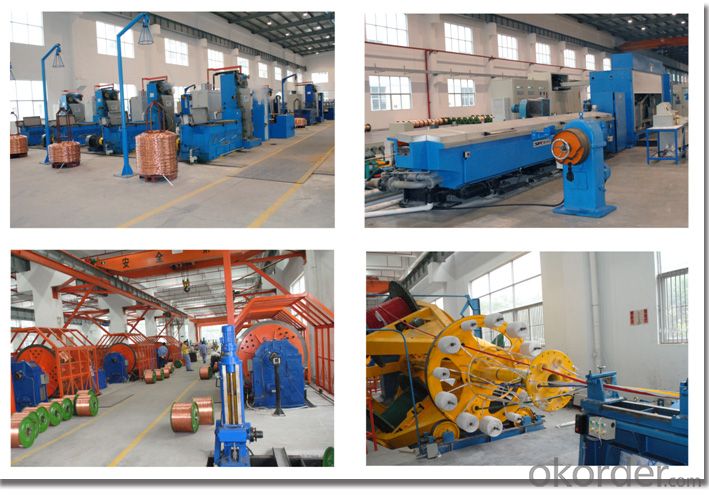
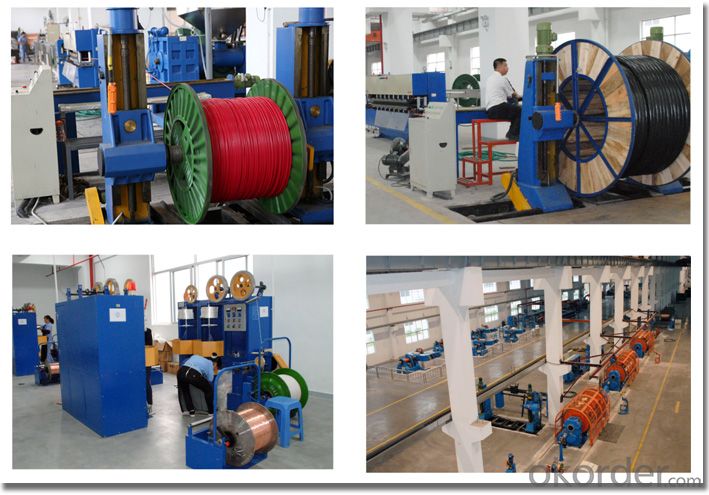

- Q: My home meter access line only 1.5 square copper heart line, is available? Because air conditioning only sleep at night when the open, the other only the refrigerator and 40W lights. Other electrical appliances do not open when sleeping. Thank you! More
- 1.5 square copper heart line can be normal current flow 15A or 3300W if you can use the electrical appliances you can only pay attention to the wiring must be reliable
- Q: Hey! Im trying to fix a rental property i have and this is the first time ive done any work to it. When i arrived the hallway light was not working. It has a switch at each side of the hall. It has White/Black/Red wires. I tried installing a new light and without touching the wires i tried to install it off the white/Black wires and i couldnt recieve power. I tried messing around and cant seem to figure it out. Is the red wire needed for a simple hallway light? What is it there for? . also maybe related in one of the bedrooms i have an elec outlet plug i replaced and worked for about a day Then randomly it stopped working and i checked the wire connection to the plug and they seem fine. i also tried a new outlet plug to see if that was the problem (it wasnt) what could be the problem it is the only outlet in the room that doesnt work. Thanks!!
- Indestructible okorder
- Q: Home improvement, the wire specifications generally how to choose? Lighting, sockets, air conditioning with a few square lines? Ground specifications can be lighter than the line of fire, zero line?
- General lighting lines and sockets with 2.5 flat, air conditioning line with 4 level, the kitchen, such as electricity can also be used 4 level. Ground specifications should be used to the same bar.
- Q: Hello,In the rental cottage that I live in, I have an enclosed back porch that doesn'tt have any electrical outlets. What I do have is a vent opening for the furnace room which is on the other side of the wall. This is a short vent, and once inside the furnace room, it is just a few feet to an electrical outlet. Since I am renting the place, I figure the most non-invasive way to get electricity out to the porch is to feed an extension cord through the vent. One catch is that I put a screen on the vent because otherwise moths and bees were flying into the house. How can I install the extension cord, through the screen, and reseal the screen so I can stay bug-free inside?thanks much
- careful, the heat from the furnace vent could melt the insulation on the wire.
- Q: Home decoration, the original electrician to open the single to buy is 2.51.5 BVV line, and later he drilled holes are not big enough (more lines, there are network cable, monitoring, video) said to switch to BVR line. I would like to ask, with a single strand of the line is good or more shares of the good, or are the same, if the single shares of the good I would like to put him big hole again. Hurry more
- BVV line is double-layer insulation protection, and BVR is a single-layer insulation protection, so the same area BVV line (BVV) is a double-layer insulation protection, and BVR is a single layer of insulation protection, so the same area BVV line Compare BVR thicker, harder. Why use BVV single-core line, the main consideration when the contact to be better, not prone to poor contact. Also home decoration lighting generally with 2.5 square feet, sockets and air conditioning generally with 4 square lines.
- Q: UPS input and output lines should be how to calculate the number of square cable? Please answer in detail, thank you.
- Lenovo sell is the brand, brand big, natural expensive. Besides Shenzhou many accessories are self-produced, although Lenovo has the ability to produce, but now it is more and more like Founder, Tsinghua Tongfang like the brand, and go more and more close to OEM products. And then Lenovo this brand, work and materials are better, so the higher value-added, the price is high. Shenzhou is the configuration does not shrink, but the work and materials are not so good. Highlight the price is.
- Q: I am replacing an existing electrical short wire (about 3 inches - can't tell what it is) from my circuit panel to my central air breaker box. I am also extending it 15 feet. My air conditioner panel box is rated for 30 amps, but my air conditioner has a max value of 22.6 Amps imprinted on the side. I bought some 12-2 wire, but should I go with the 10 gage instead?
- You need to use # 10 AWG wire because the breaker is rated at 30 amps. Note that # 12 AWG is ok for up to 20 amps.
- Q: I have a Pioneer DEH-P6600 CD player. I want to connect a rockford detonator 220 W, 4ch (Model# AMP326) to it. The sub is a single 10 inch MA audio. I would also like to make sure I know how to do it so if you could run me through that as well that would be great. I also want to know if electrical wire is safe. Please help as soon as you can. It would be nice to know by the holidays! Thanks!
- If you're talking about electrical wire that is used in household wiring, no that would not be acceptable. You need wire that is specifically designed to carry the amperage and voltage of a car electrical system.
- Q: ground electrical switch that doesnt have ground wire
- If the box is metal and grounded then the switch is also because it is screwed to it
- Q: i have 4 dogs and they like to chew things like electrical wires and that could be very harm full to them can anyone tell me a cheep way to get them to stop? i don't want my baby's to get hurt and they are rewinding all my cords!
- Bitter Apple spray! Works very well with our dog and kittens/cats to stop them from chewing on wires, shoes, shoe laces, etc. If you have pets, you should have Bitter Apple spray. If that doesn't work with yours, then get the plastic cord protectors. They are long tubes that you run the wires thru.
Send your message to us
Multi Core PVC Insulated and Sheathed Flexible Cable 300/300V & 300/500V
- Loading Port:
- Shekou
- Payment Terms:
- TT or LC
- Min Order Qty:
- 100 roll
- Supply Capability:
- 50000 roll/month
OKorder Service Pledge
OKorder Financial Service
Similar products
Hot products
Hot Searches
